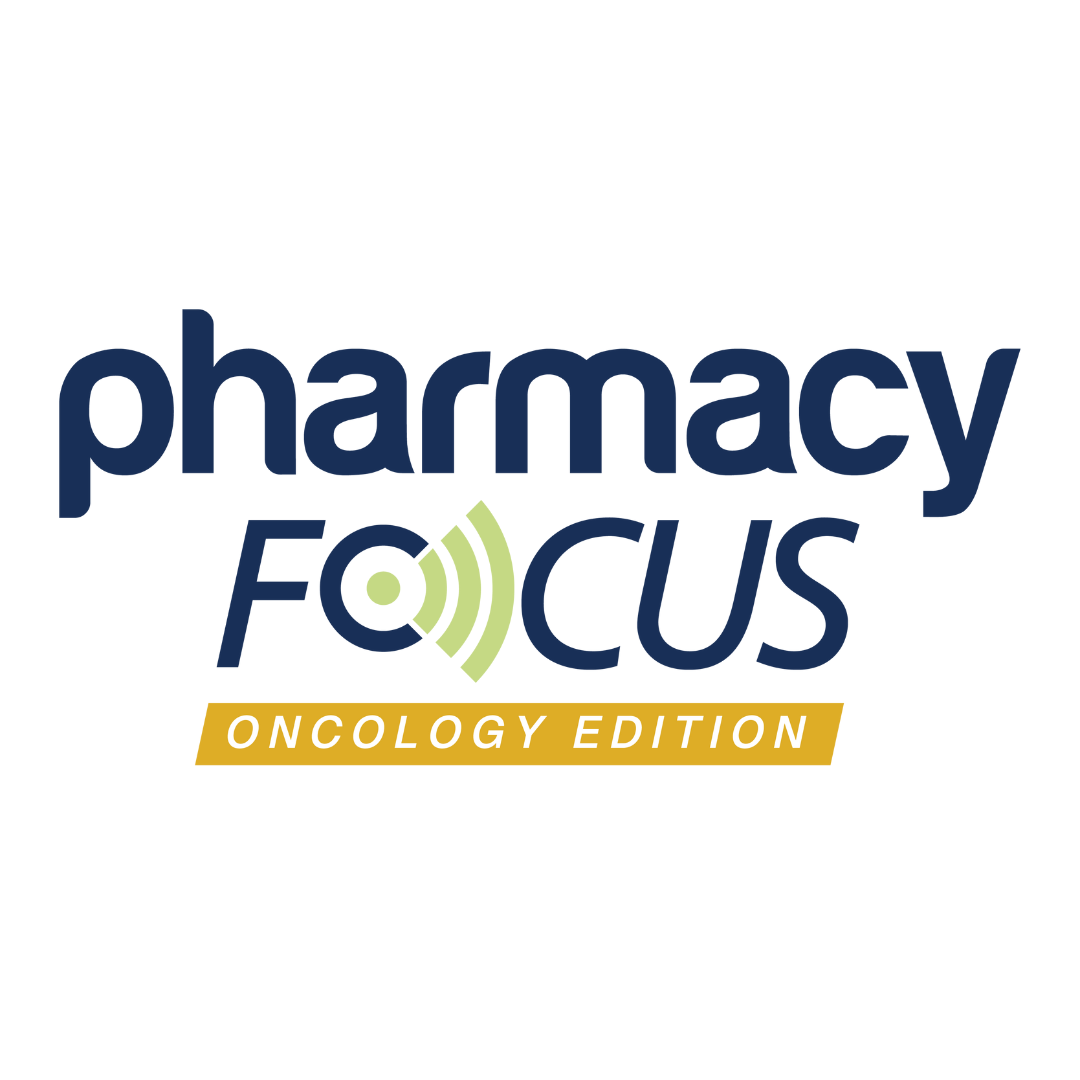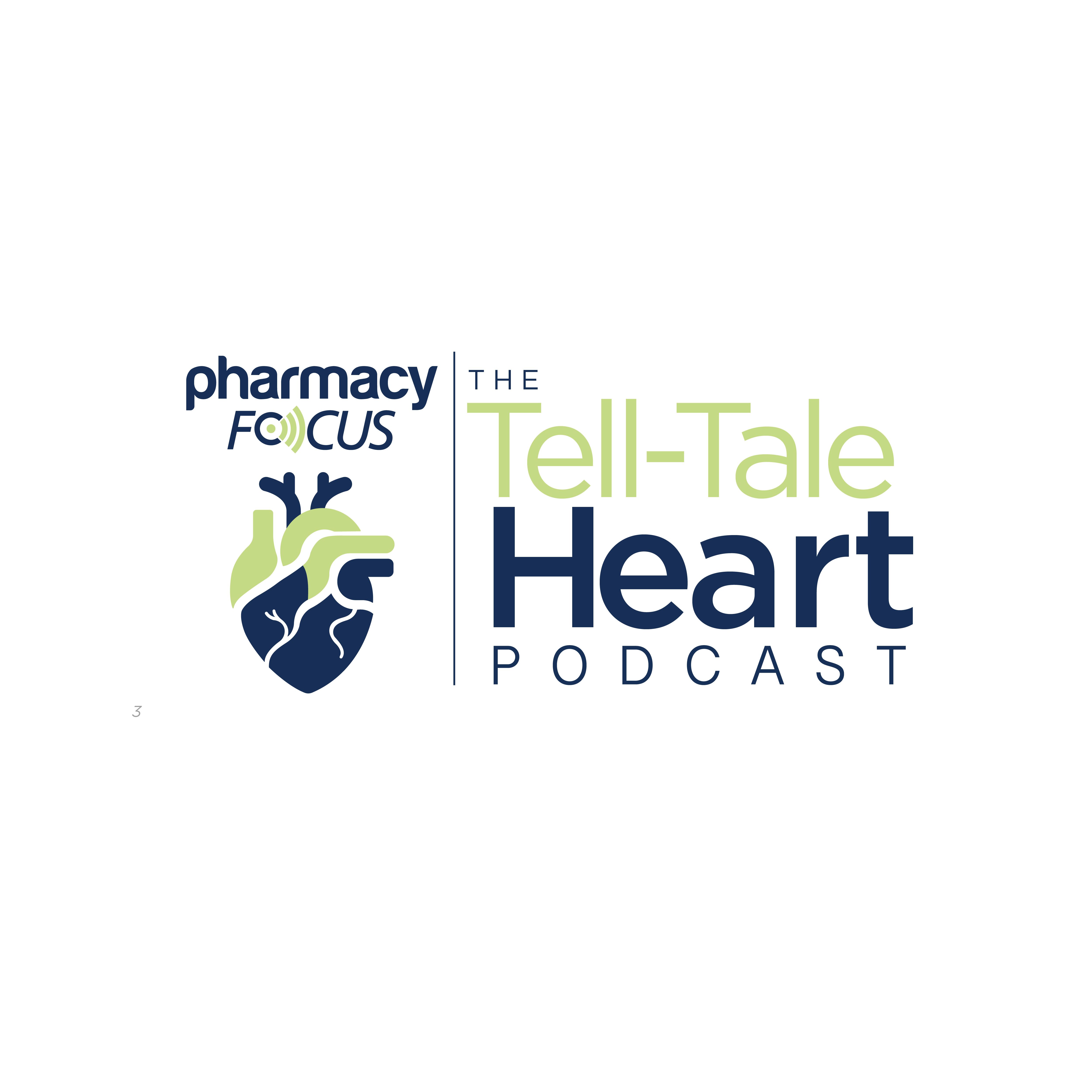News
Article
AAN 2025: APP Care Models Can Be a Solution to Promoting Patient Access and Equity Within the Neurology Space
Author(s):
Key Takeaways
- The biopsychosocial model is vital for understanding patient access and equity, focusing on biological, psychological, and social health factors.
- Advanced practice providers (APPs) are suggested to address neurology workforce shortages and improve care accessibility and quality.
Advanced practice provider (APP) care models allow for health systems to better individualize care for patients, effectively meeting their needs.
Addressing patient access and equity within health care is significant, according to speakers at a 2025 American Academy of Neurology (AAN) Annual Meeting presentation, which is currently being held in San Diego, California. In a climate where equity is more important than ever, the 2 speakers emphasized that measures must be implemented so patients can receive quality care, regardless of their disease, their background, or their status.
Patient Equity and Access
Image credit: melita | stock.adobe.com

To better understand patient access and equity, explained Maggie Naclerio, PA-C, physician assistant, department of neurology, neuromuscular division at Brigham and Women’s Hospital, and ANPA education committee co-chair, it is important to first understand biopsychosocial model, which encompasses the biological (eg, medical conditions, symptoms, illness), psychological (eg, emotional, attitudinal, motivational, and behavioral factors), and social factors within health (eg, social determinants of health, interpersonal dynamics). They emphasized that most of these attributes—with the exception of certain biological conditions, symptoms, or illnesses—are unable to be changed, meaning that efforts must be made to help those who are considered marginalized or underrepresented.
“This is what health equity is all about. It's allowing opportunities and resources to be accessible to all, and especially for those people and communities that are more likely to be marginalized,” explained Naclerio. “So, with equity in mind, I thought it would be [interesting] to reframe patient access using a biopsychosocial approach…I think we [as health care professionals] can kind of use the biopsychosocial model on a larger context to talk about how populations are interacting with health care and [its] services.”
One attribute of equitable care is ensuring that correct and individualized models and health care professionals are being utilized properly. Supply and demand for the current and future US neurology workplace is dwindling, according to Naclerio, with an estimated shortage of neurology health care professionals in the US dropping to about 104,900 by 2032. As this drops, preliminary data for the aging population suggests that by 2030, the incidence of stroke will rise approximately 20%, the prevalence of Parkinson disease will double in frequency, and the number of those who are living with dementia or cognitive impairment-related diseases will increase to about 9 million individuals, compared to about 7 million in 2020. To combat these trends, Naclerio stressed the significance of implementing evidence-based approaches to better enhance accessible health care for patients with neurologic conditions.
Advanced Practice Provider (APP) Care Models
Further, presenter Shannon Anderson, PA-C, physician assistant, department of neurology, division of movement disorders at Oregon Health & Science University, suggested advanced practice providers (APPs) as a potential solution. APPs are projected to grow noticeably from 2016 to 2030, according to Anderson, with a total workforce increase of about 1.1% for physicians, 4.4% for physician assistants, and 6.8% for nurse practitioners, regardless of their specialty. She cited a February 2025 research letter published in JAMA Network Open in which the authors wrote the number of physician assistants in neurology has increased approximately 170% from 2013 to 2022, and neurologists only increased by 11.2% within that same time period.
APP care models are a unique strategy that is meant to be individualized to the health care system to provide patients with accessible care within the neurology space. Additionally, AAN notes that they must improve the quality and continuity of the care that patients with neurologic conditions receive. It is necessary that the scopes of practices are recognized and allow for each member within the neurology care team to practice to the full extent of their professional license, training, and abilities. AAN supports policies that promote physician-led multidisciplinary care teams and the expanded collaborative role that APPs play in the neurology space, according to Anderson.
To properly and practically integrate a care team model, Anderson stressed the importance of finding the model that best fits the practice itself, the health care professionals who work within the institution, as well as the target patient population. In some cases, multiple care team models can be deployed; however, it is imperative that it is clear what the APPs’ roles are.
Different Types of Care Team Models
Tail/Established
In this care team model, APPs extend care to patients that would normally wait for follow-up visits. In addition, APPs provide more frequent assessments and quality interventions along the disease course, allowing for patients to receive more attentive care throughout their treatment. Anderson emphasized that the goal of a greater number of visits helps increase the support and comfort a patient feels when interacting with their health care professionals. Finally, this model also allows for some flexibility regarding independent functioning for APPs, as they are able to collaborate when needed.
“I would call this much more of a collaborative care team model. This is where that APP extends care to those patients who would normally wait for a follow-up visit, provides more frequent assessments along the disease course…this is for the patients that we need in our clinic who, yes, it would be great to see everyone every 3 months, [but] our physician colleagues just don't have the time and space [to see them],” said Anderson.
Independent Practice
In this model, APPs manage a patient independently throughout the entire continuum of care. Overall, this model is best for rural communities because it does not have to rely on the collaboration of other institutions or practices; disease-specific chronic conditions; and transitions from inpatient to outpatient care. Anderson noted that this model allows for physicians specializing in neurology to better understand their patient population and how they may “appear on their schedules.”
Procedure-Based
Procedure-based models are specifically intended to increase patients’ access to procedures, such as injections, lumbar punctures, stimulators, and so on. Conversely to other care team models, the procedure-based model may allow for APP to focus on initial intake, allowing for the health care professionals to focus on the completion of complex procedures. These models allow for APPs to do “more than address the continuity of care while a physician focuses on completing procedures,” noted Anderson.
True Care System
In this model, the patients cycle through all members of the care team model at different self-determined intervals, according to Anderson. Such models are better suited for practices that have a larger demand, both for new and currently established patients. Acuity is considered when building schedule templates.
“[This model] is a little bit chaotic, the patient [would] see [which health care professional] is open at that time. I think this works great in an urgent care setting, it does not work—in my opinion—well in a general neurology practice,” said Anderson.
Independent Initial/Supervised Wrap
In this model, after a patient sees a health care professional to develop an initial plan of action, APPs will then see the patient as a follow-up to ensure that any studies, testing, or procedures are completed and monitored properly. These models are good for complex patients, as well as new patients who may require rapid triage for initial assessment with limited care.
Conclusion
The 2 speakers discussed the importance of patient access and equity in neurology health care by highlighting the challenges of physician shortages and neurology deserts, proposing APPs as a solution to improve access and care quality. To implement these care models, it is necessary to understand social identity and address the social determinants of health to achieve true equity. It also discusses the various care team models that can be used to integrate APPs into practice. Ultimately, achieving health equity demands that health care professionals critically examine their own social identities and address the social determinants of health, ensuring compassionate and equitable care for all patients.
“We value [the opportunity for] this conversation as we talk in all of our different practices, as we see what the strengths are that has worked at certain practices, and what some of the challenges and areas of growth and opportunity might be…we must collaborate together, because it will be that cooperative collaboration that ultimately is going to help us to expand this access,” concluded Anderson.
REFERENCE
Naclerio M, Anderson S. Practice, Policy, and Ethics: Enhancing Patient Access and Equity in Health Care Practices. Presented at: American Academy of Neurology (AAN) Annual Meeting; San Diego, California. April 5-9, 2025.
Newsletter
Stay informed on drug updates, treatment guidelines, and pharmacy practice trends—subscribe to Pharmacy Times for weekly clinical insights.






